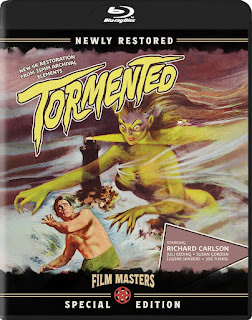To Sleep So as to Dream
As the birth of cinema gets pushed further and further into history, fewer filmmakers – and audiences – find much fascination with its origin story. Certainly 2011’s Oscar winner The Artist was a trendy outlier but the era of silent movies is about on par with reading Latin for relaxation as far as most viewers are concerned. And Kaizo Hayashi’s To Sleep So as to Dream (1986) presents its own challenges as a post-modern play on film noir, silent cinema and experimental techniques all at the same time.
A pair of sleuths are hired by a mysterious woman to track down her kidnapped daughter, following a set of riddles and an ever-increasing ransom that will ensure her safe return. But the detectives become unwitting participants in the finale of a banned silent movie that never reached its conclusion onscreen…and now must bleed into real life.
That is if anything about To Sleep So as to Dream is real. Blending the quirky style of David Lynch (who took on noir himself in Blue Velvet) with an affectionate nod to Japanese cinema history, Hayashi delivers an esoteric art film that defies categorization. Impossible to see outside of Japan, the film is structured like a haiku, following a dream-logic structure that reveals its meaning in the final line…but still remains pleasantly mysterious. There’s a patina of pretention here that can be undeniably irksome, but lovers of obscure Japanese cinema will find this one satisfyingly unique.
Arrow Video’s Blu-ray boasts a newly restored director-approved transfer along with two commentary tracks, interviews, restoration featurette, a selection of silent films, image gallery and new sleeve artwork.




Comments
Post a Comment